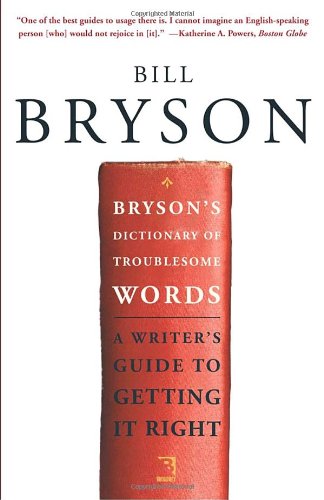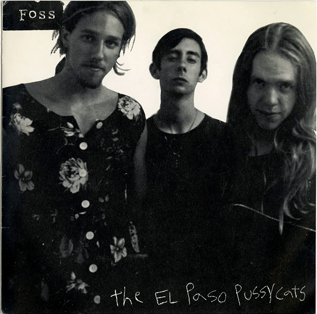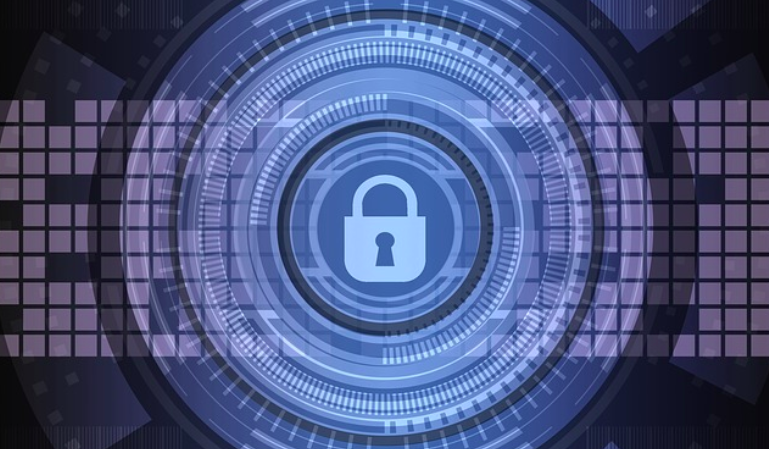 aNewDomain — Ethnographer, etymologist and humorist Bill Bryson did a book oh, 20-some odd years ago now. That was “The Mother Tongue: English and How It Got That Way.“
aNewDomain — Ethnographer, etymologist and humorist Bill Bryson did a book oh, 20-some odd years ago now. That was “The Mother Tongue: English and How It Got That Way.“
One of the first points he makes in the book is that English is a growing language.
So true. English is a mish-mash of languages, really, cobbled together from all the tongues of all the people who ever invaded England, and several who never did. It builds from Pictish, Gaelic, Saxon, Anglo, Norman, Celtic, Latin and more. And that’s why it’s so weird.
It also explains why some past-participle words end in “ed” and some in “en.” And why “i before e except after c” works less than half the time.
The Oxford English Dictionary is a huge document, much bigger than the figure Bryson cited in the original book. It’s hard even to get an exact figure, but current estimates say it’s something between 400,000 and 600,000 words. Now those are just individual words, not entries – so the estimate includes different meanings of words like home or blank or literally. Literally!
Literally? There’s more than one definition of literally?
Yes. There is literally more than one definition for literally. And that is because, as Bryson brings up in his second major point, our dictionaries are descriptive, not prescriptive.
In other words, there is no such thing as proper English.
In my family, we have an old joke:
Only two people in the world speak the Queen’s English. They are the Queen and my aunt Sissy.”
That would be my great-aunt Sissy, but who’s counting?
 “Literally” started getting used a few years ago as emphasis. It was meant to mean “exactly as stated,” but eventually it came to sometimes mean “emphatically and figuratively.”
“Literally” started getting used a few years ago as emphasis. It was meant to mean “exactly as stated,” but eventually it came to sometimes mean “emphatically and figuratively.”
Because our dictionaries are descriptive, we couldn’t throw them at the people who used a word incorrectly. And we couldn’t sue them in court, although I guess you can do that in France, where they have a ministry of language to preserve the correct form of French.
We, on the other hand, have had to update the dictionaries to account for the vagaries of modern usage.
We think a lot of stuff isn’t in the dictionary that actually is.
Ain’t ain’t a word because ain’t ain’t in the dictionary. Only it is, and Bryson explains it’s been there a lot longer than one would think – and the contraction originated across the pond before there was really an America. Go figure.

Anyway.
This all leads us inexorably towards gender-neutral language.
In academic writing, we’ve been moving ever towards this goal. The misogyny of prior ages is unacceptable.
“He” used to be the word to describe everyone, except it didn’t: It coded for the unsubtle expectation that the male was the default unit of humanity and the female something less, below consideration.
These days we need to try to include everyone, and the language isn’t up for that yet.
We speak a language cobbled together from seven or nine different cultures – and every one of those cultures was deeply patriarchal. That patriarchy is ingrained in the language, in all of the languages.
The French even use gender language for inanimate, ungendered things – and we do, too. It has only been a few years since all storms had female names and all ships were female, too.
But this language of binary gender just doesn’t apply anymore.
Take Fakesbook. It allows dozens of categories for gender.
The non-cis-gender community invents new terms as frequently as we can learn the old ones.
The binary system of gender is flawed in itself and is built on a flawed system of biological classification: there don’t appear, anymore, to be only two sexes.

He/she, as a means of denoting gender neutrality, is an improvement over just calling everyone he, man, mankind. But it still promulgates the same system, the binary gender system. It is a grudging acceptance of women as beings who exist and need to be acknowledged in the language and still keeps us all in our place: men over there, women over there and everyone else nowhere.
The best way to handle this, for now, might be the plural. Like they, them and their.
Some people will tell you that the plural for a singular is incorrect: all the words need to agree. But …
The dictionary is descriptive. There is no proper English and, if there were, only the Queen and Aunt Sissy would speak it. The language we’ve been given is inherently sexist. And, the dictionary itself allows for this possibility.
Dictionaries. We don’t really use them much anymore, do we? I’ve been hunting around all day for my American Heritage dictionary and can’t quite put a finger on it. I looked in the OED earlier though, the online edition, and it more or less confirmed the much simpler statement in dictionary.com:
(used with an indefinite singular antecedent in place of the definite masculine he or the definite feminine she): Whoever is of voting age, whether they are interested in politics or not, should vote.”
Ain’t is literally in the dictionary.
 And I mean that literally.
And I mean that literally.
And it is, actually, correct form to say “they” for unspecified gender. And it is frequently correct to not identify gender at all.
Especially if you’re Queen.
Now watch this:
For aNewDomain, I’m Jason Dias.
Images in order: Oxford Dictionary courtesy TommieMedia, All Rights Reserved; Bill Bryson by Simon Berry via Flickr; The Mother Tongue screenshot courtesy Amazon; Emma Watson Patriarchy by Jason Dias; Queen screenshot courtesy Eggy The Bread.














Love this Jason. Is there any evidence or discussion that languages with gender-language for non-gendered objects (like Spanish, French, etc.) have a more ingrained patriarchal issue in society? When learning either of those languages I always thought it was funny, and asked why a certain objects were female or male, but never got a solid response.